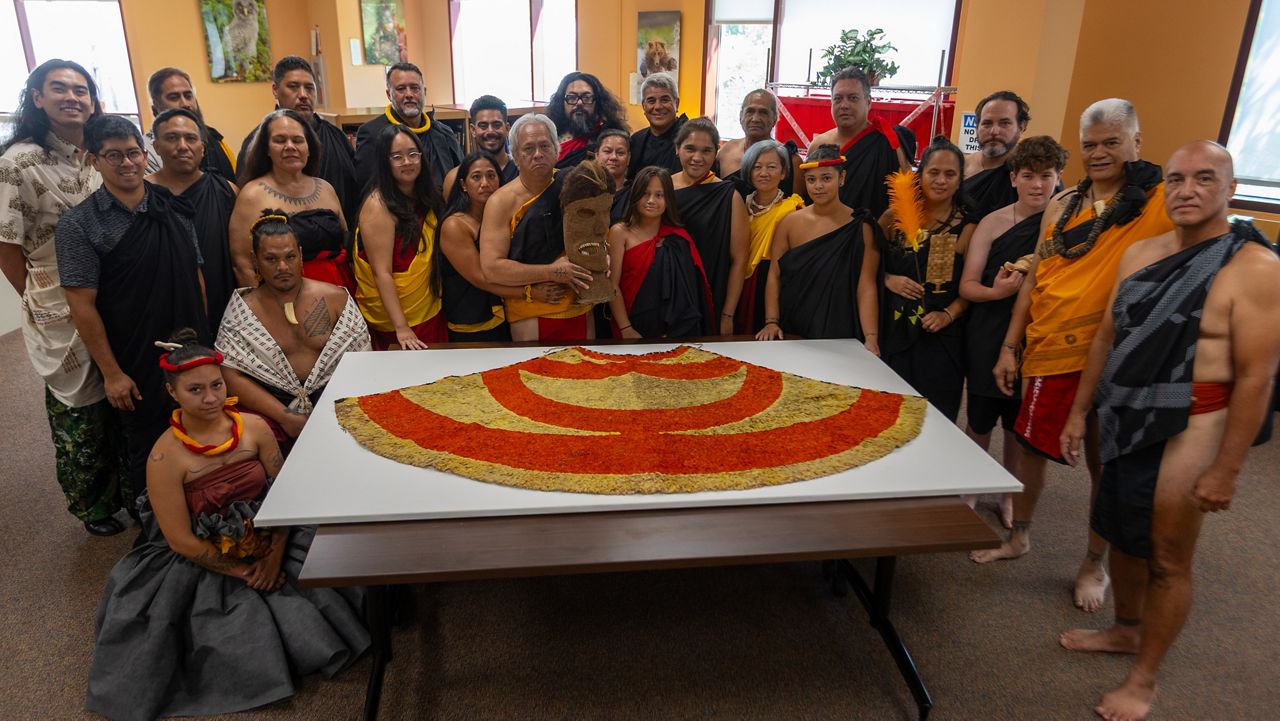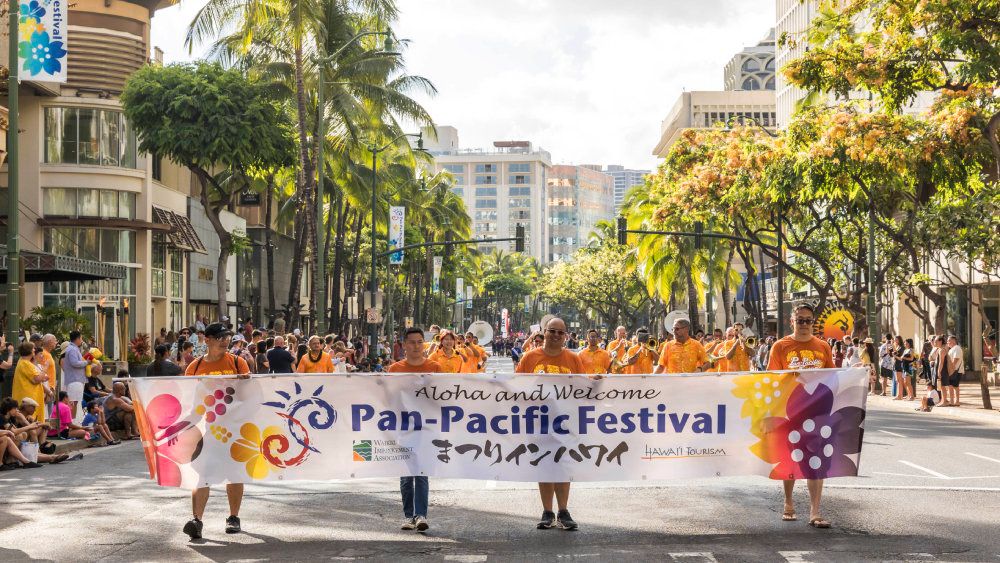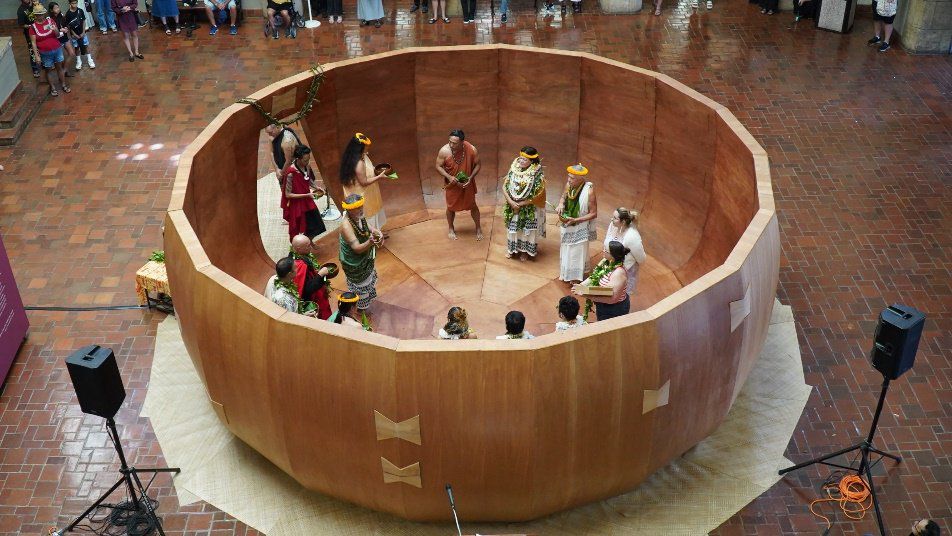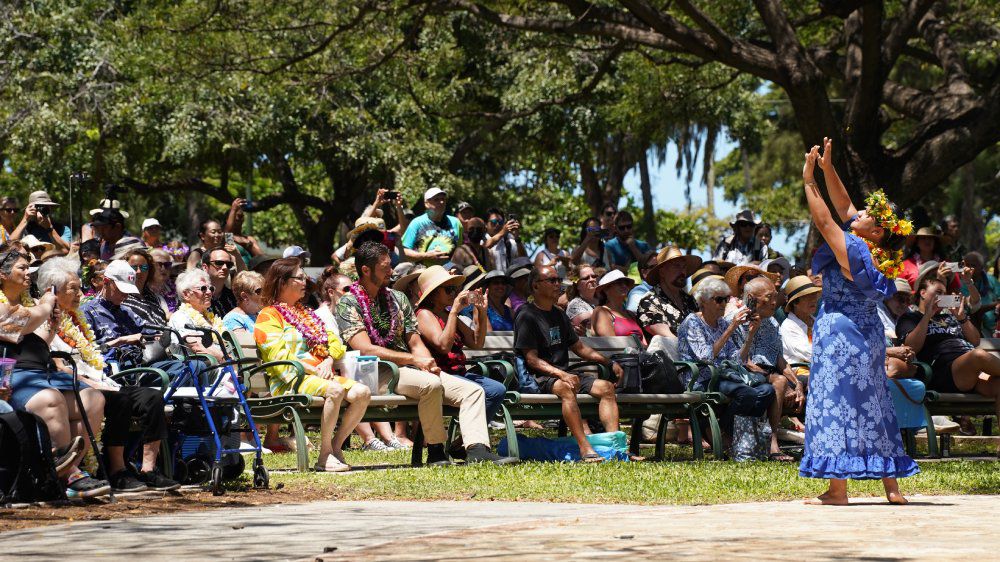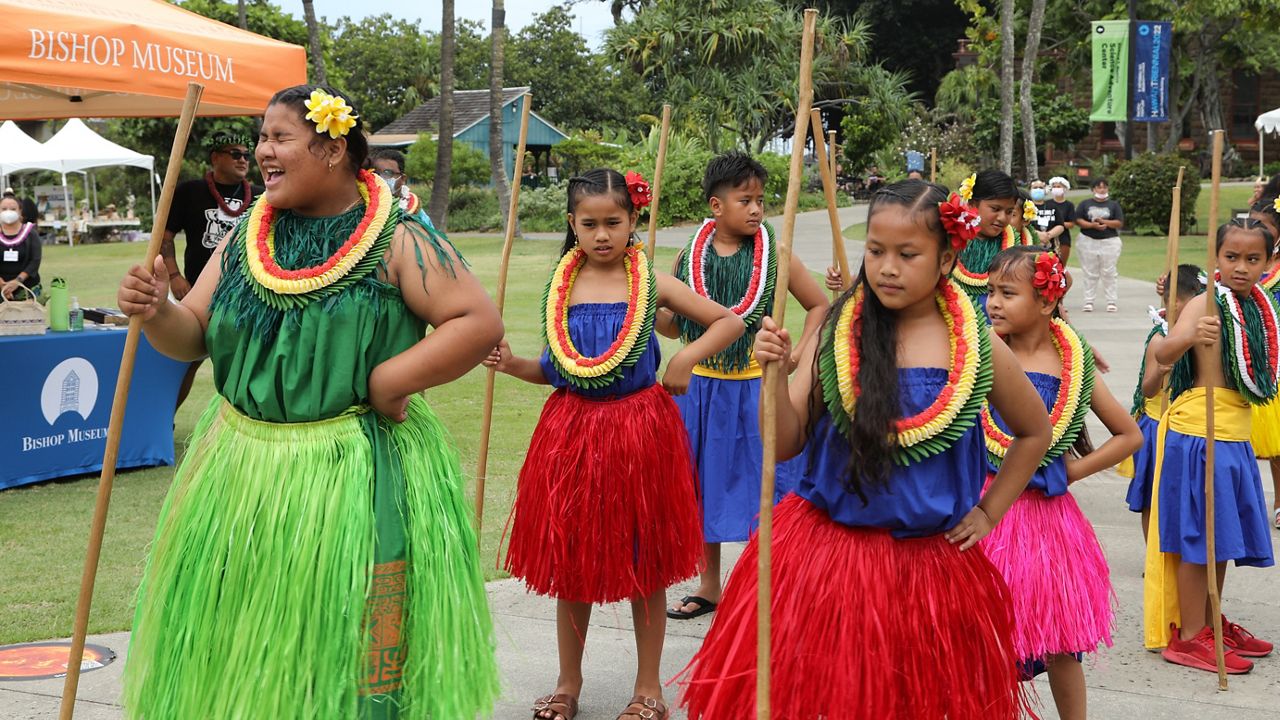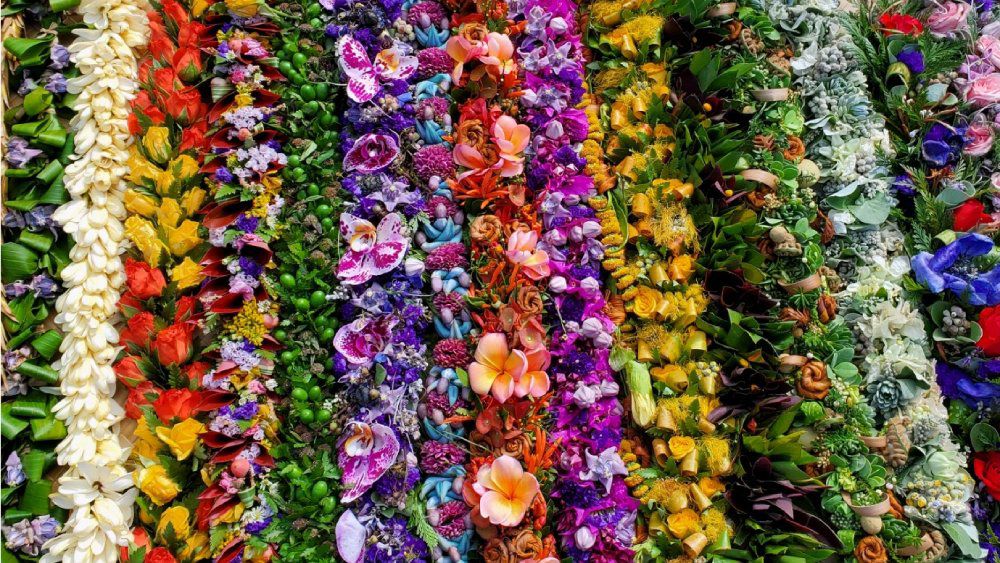The feathered cape worn by Chief Keaoua Kekuaokalani has returned to Hawaii.
U.S. Sen. Brian Schatz, D-Hawaii, vice chair of the Senate Committee on Indian Affairs, celebrated the return of the feathered cape, or ʻahuʻula, which Kekuaokalani wore in the Battle of Kuamoʻo in 1819.
The Smithsonian Institution had held the ʻahuʻula since 1869.
The return is being carried out under the National Museum of the American Indian Act, which was established in 1989 and mandated the Smithsonian return Native American and Native Hawaiian human remains, sacred objects, and other culturally important objects upon request from federally recognized Indian tribes and Native Hawaiian organizations.
The law has similar applications to the Native American Graves Protection and Repatriation Act, which was established in 1990, however the former applies only to the Smithsonian, while the latter applies to federal agencies and museums that receive federal funds.
While the federal government enacted NAGPRA 35 years ago, many institutions have not properly reported their holdings or consulted with federally recognized tribes and Native Hawaiian groups to determine which human remains and objects should be repatriated.
Last April, Schatz led a bipartisan group of senators in urging colleges and museums that possess the largest collections of ancestral remains and cultural items to comply with the NAGPRA and return them to their home communities. The Smithsonian stores the remains of about 10,000 people, more than any other U.S. museum, according to reporting by ProPublica. Schatz’s office sees the return of Kekuaokalani’s ʻahuʻula as an extension of his advocacy.
“This is about more than just complying with federal law — it’s about doing what is right, and respecting and preserving Native Hawaiian cultural heritage,” said Schatz in a news release. “I’m grateful to the cultural practitioners, descendants, and leaders who fought to make this rightful return happen. We must keep up the work and the pressure to bring ancestral remains and cultural items back home.”
At a ceremony at the Smithsonian Museum Support Center in Suitland, Maryland, Hawaii leaders with Hui Iwi Kuamoʻo, a Native Hawaiian group that champions repatriation, highlighted the bravery and leadership of Kekuaokalani, a nephew of King Kamehameha I.
The 1819 battle on Hawaii Island took place because Kekuaokalani disagreed with King Kamehameha II’s decision to abolish the traditional Hawaiian religion and kapu system in favor of Christianity. Ultimately, Kekuaokalani was shot down by a rifle, and the ʻahuʻula was taken off his body, according to the Smithsonian.
In 1841, Kamehameha III gave the ʻahuʻula to Commodore John H. Aulick, of the U.S. Navy, and his descendants gave it to the Smithsonian. The ʻahuʻula was made of thousands of feathers taken from the yellow and black feathers of the Hawaii ʻōʻō bird, which is now extinct, and red feathers of the ʻiʻiwi bird.
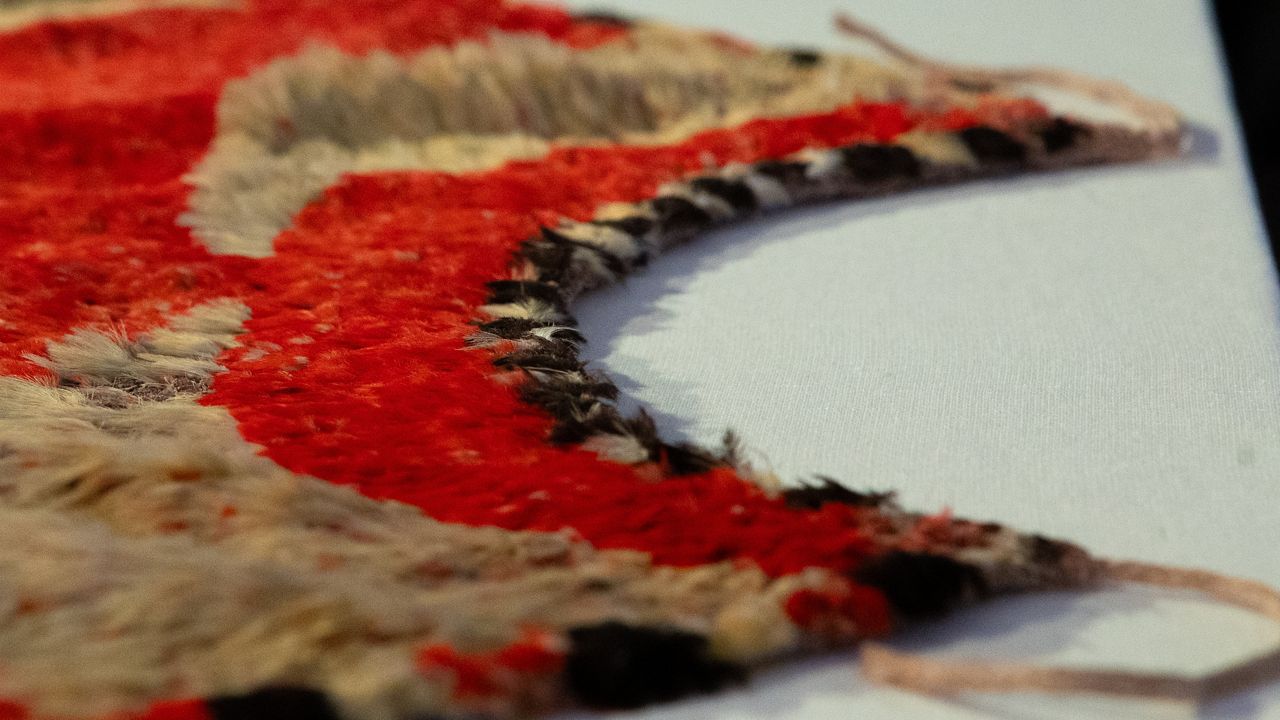
After the ceremony, the ʻahuʻula was escorted to Hawaii by community members. The Smithsonian is loaning the ‘ahu‘ula to the National Park Service for two years, and the Hawaii Volcanoes National Park will house it. During this time, the ʻahuʻula will not be publicly displayed.
By early fall, the Smithsonian plans to issue a public notice, inviting community consultation regarding repatriation. The ultimate home of the 'ahu'ula' will depend on the outcome of the repatriation process, according to the Smithsonian.
Michelle Broder Van Dyke covers the Hawaiian Islands for Spectrum News Hawaii. Email her at michelle.brodervandyke@charter.com.
Editor’s note: This story has been updated with additional information from the Smithsonian Institution and Sen. Schatz’s office regarding the repatriation process, the National Museum of the American Indian, the senator’s role, and more. (May 9, 2025)




